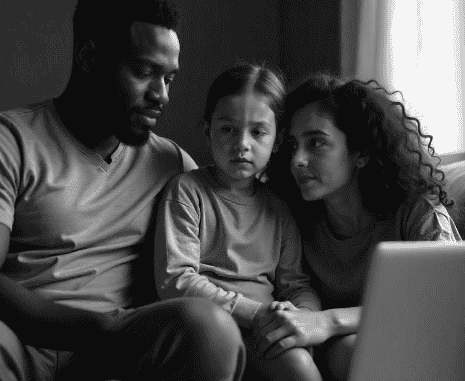
Walking pneumonia, a mild type of pneumonia caused by Mycoplasma pneumoniae bacteria, is seeing a sharp increase across the U.S., particularly affecting children. This respiratory infection often starts with common cold symptoms, but a lingering cough can signal something more. Here’s what parents need to know about the symptoms, treatment, and prevention of this condition.
What Is Walking Pneumonia?
Understanding Mycoplasma Pneumonia
- Cause: Mycoplasma pneumoniae bacteria.
- Transmission: Spreads through coughing, sneezing, and close contact, making school settings particularly susceptible to outbreaks.
- Symptoms: Usually presents with mild symptoms, hence the term “walking pneumonia.” Symptoms may include:
- Persistent cough
- Runny nose
- Sore throat
- Fatigue
- Mild fever
- Headaches
- Red eyes or rash in some cases
Current Spike in Cases
- Affected Areas: According to the CDC, cases have surged nationwide, especially among children in cities like Dallas and Washington, D.C.
- Age Group: Most commonly seen in children and teens aged 5-17, though recent spikes have also impacted younger children (ages 2-4).
Symptoms to Watch For
While the infection is typically mild, certain signs should prompt closer attention:
- Persistent Cough: A deep, lasting cough is often the main symptom.
- Breathing Difficulty: Watch for labored breathing.
- Fatigue and Fever: Tiredness and fever lasting more than five days can be concerning.
- Reduced Fluid Intake: Ensure children stay hydrated, as dehydration can worsen symptoms.
How to Treat Walking Pneumonia
Home Care Tips
Most cases can be managed at home:
- Hydration: Keep children well-hydrated.
- Rest: Encourage plenty of rest to aid recovery.
- Honey for Cough: For children over age 1, honey can soothe a cough.
- Medications: Use age-appropriate fever reducers as needed.
When to See a Doctor
Seek medical advice if:
- The child has breathing difficulties.
- They remain unusually sleepy.
- Symptoms, especially fever, persist for more than five days.
Antibiotic Treatment
Dr. Preeti Sharma, a pediatric pulmonologist, advises that a macrolide antibiotic, such as Azithromycin, is usually effective. Standard antibiotics like Amoxicillin don’t work against Mycoplasma pneumoniae, so it’s essential to use the correct medication.
Preventing the Spread
Reducing Transmission
- Hand Hygiene: Regular handwashing helps minimize the spread of bacteria.
- Cough and Sneeze Etiquette: Teach children to cover their mouths with their elbow when sneezing or coughing.
- Returning to School: Children can return to school after being fever-free for 24 hours without medication, though symptoms like a cough may linger.
Long-Lasting Symptoms
Walking pneumonia can result in a prolonged cough and runny nose, even after fever subsides, which may lead to extended outbreaks. As winter approaches, remind kids about hygiene practices to reduce the spread of not only pneumonia but also other respiratory illnesses.
Pneumonia Cases Highlights
The rise in walking pneumonia cases highlights the importance of awareness and early care. Simple practices like handwashing and prompt medical attention can help manage and prevent the spread of this mild but persistent illness. As we move into colder months, staying informed will be key to keeping children healthy.
These insights come from data and expert input from sources such as the CDC and pediatric health professionals.
